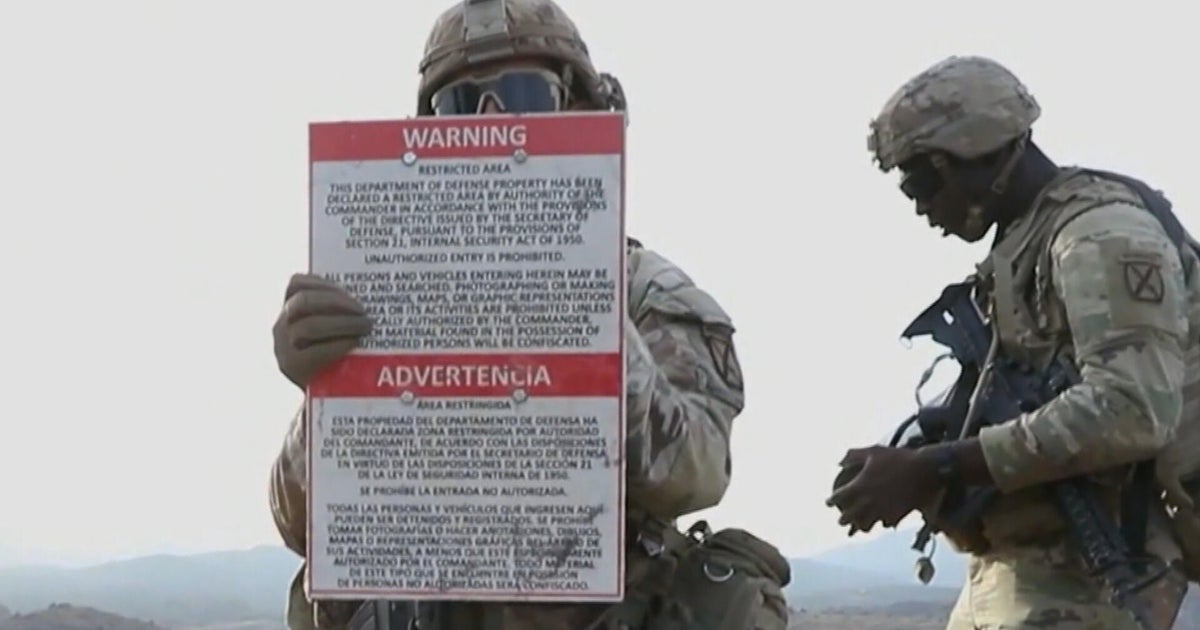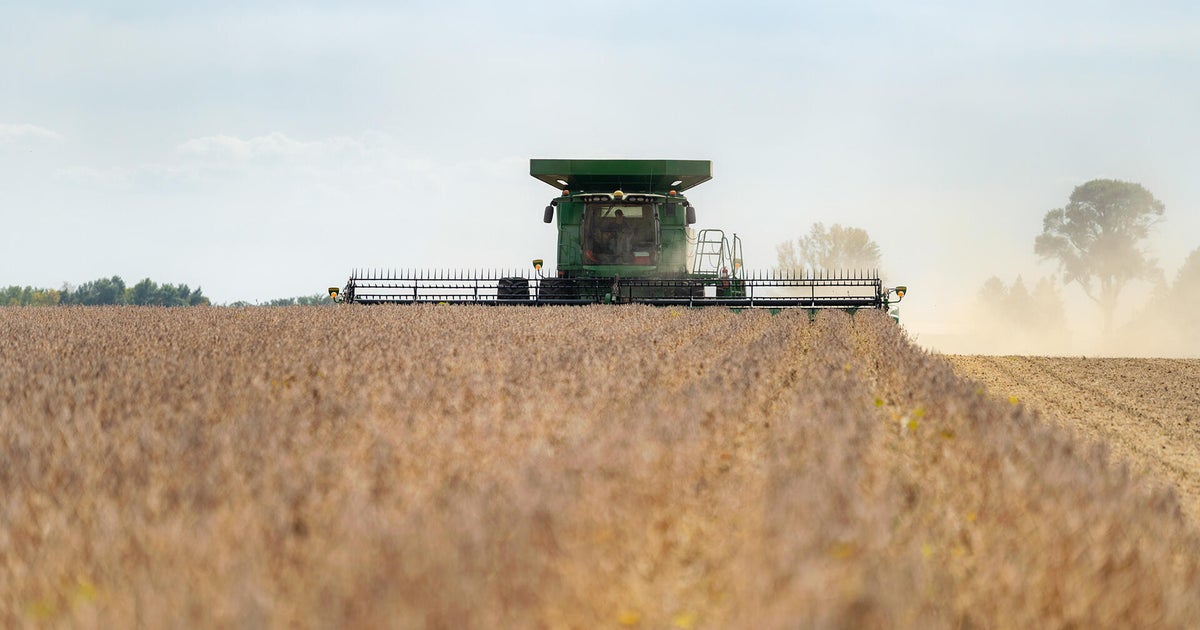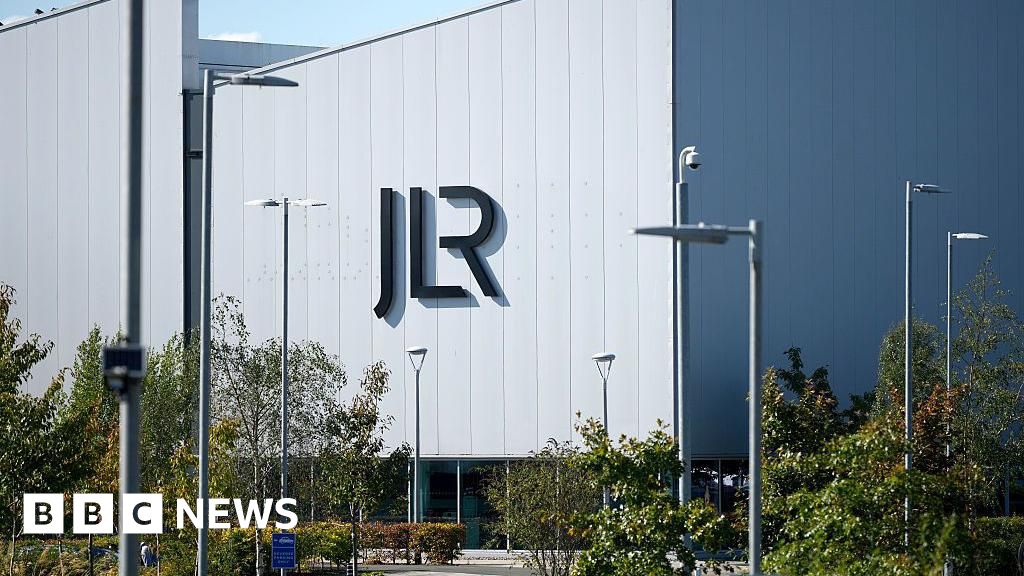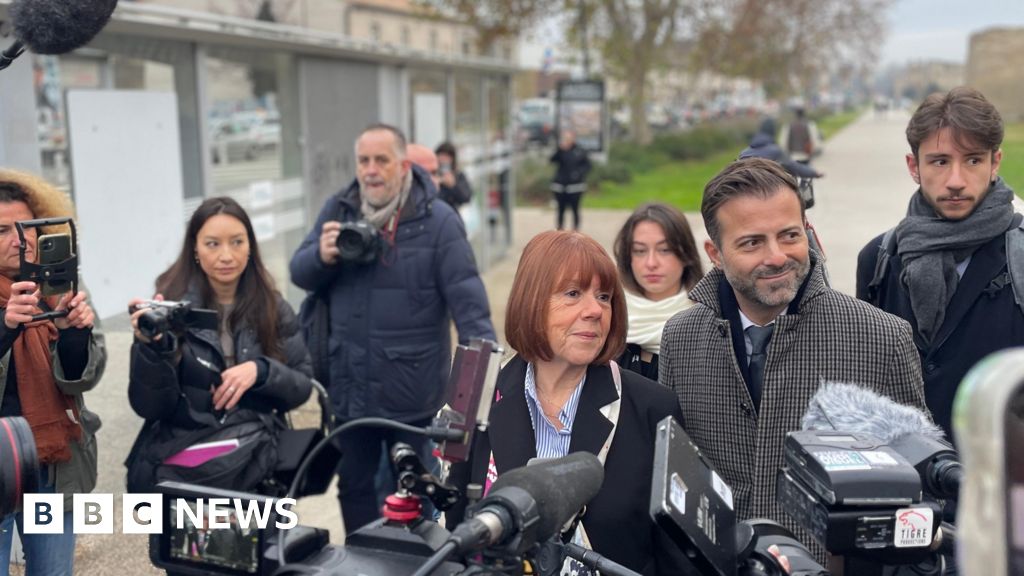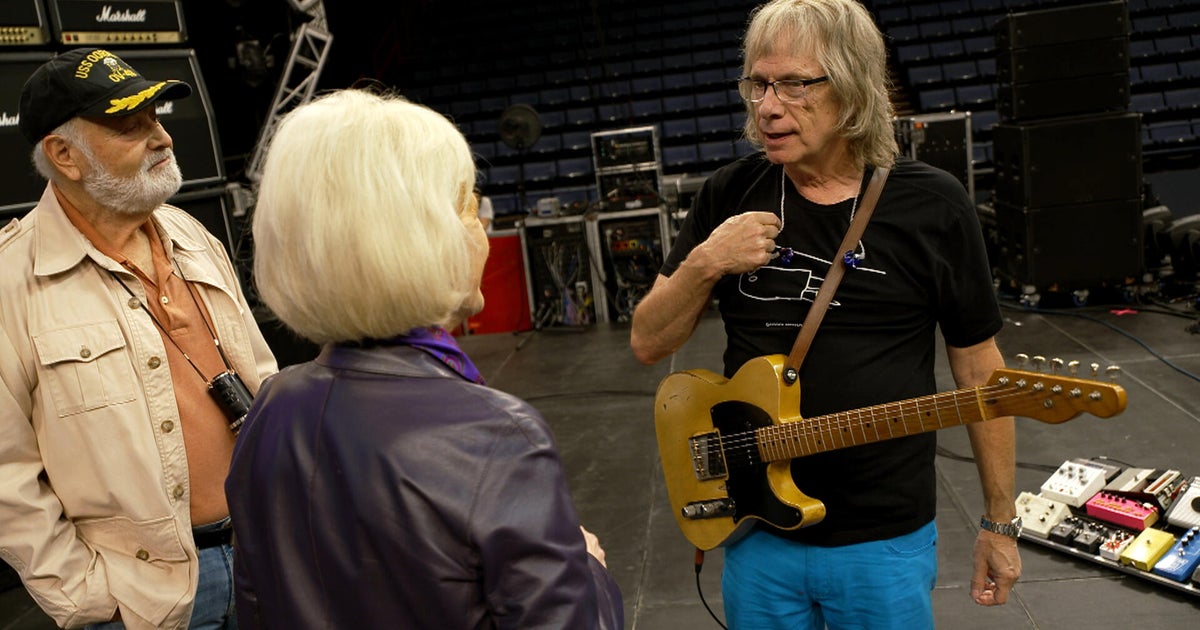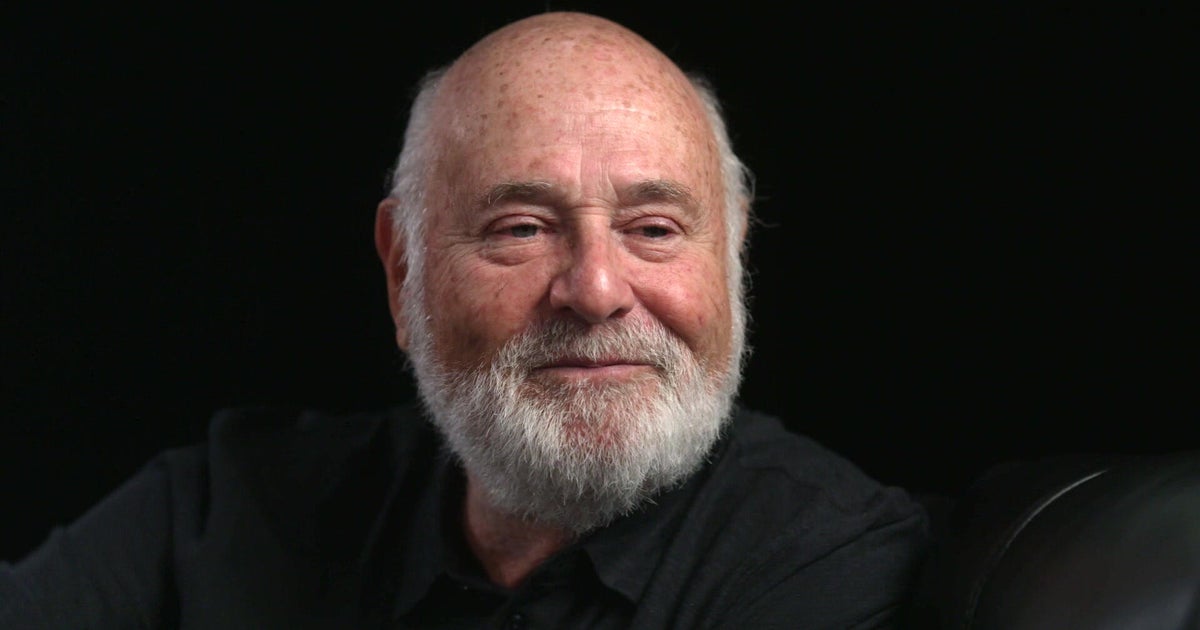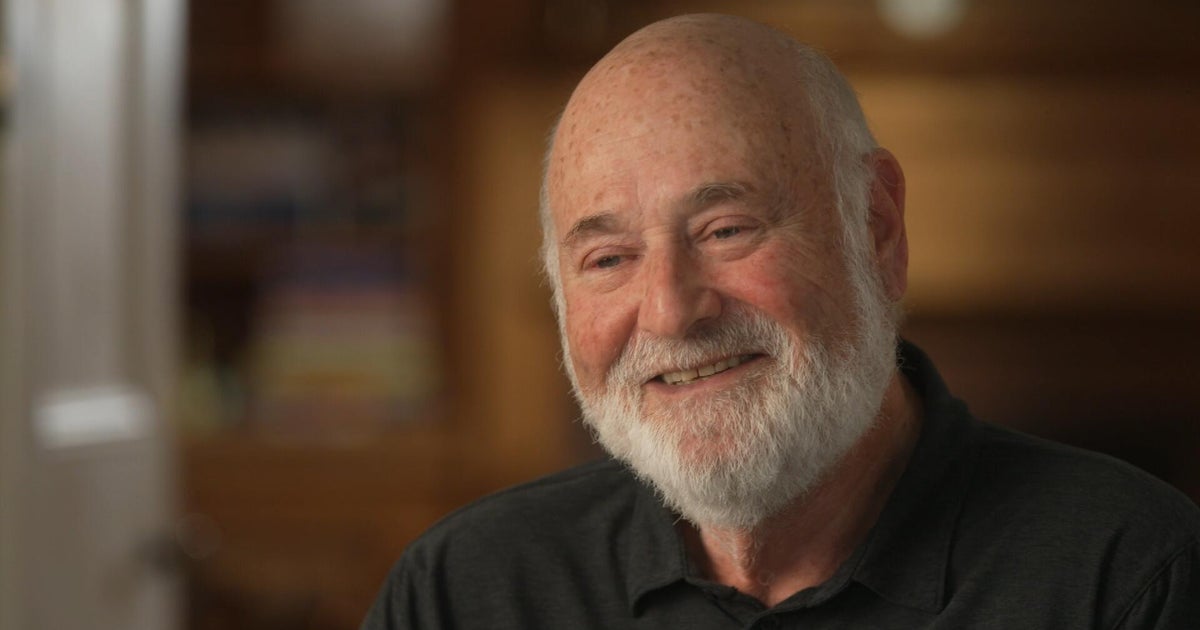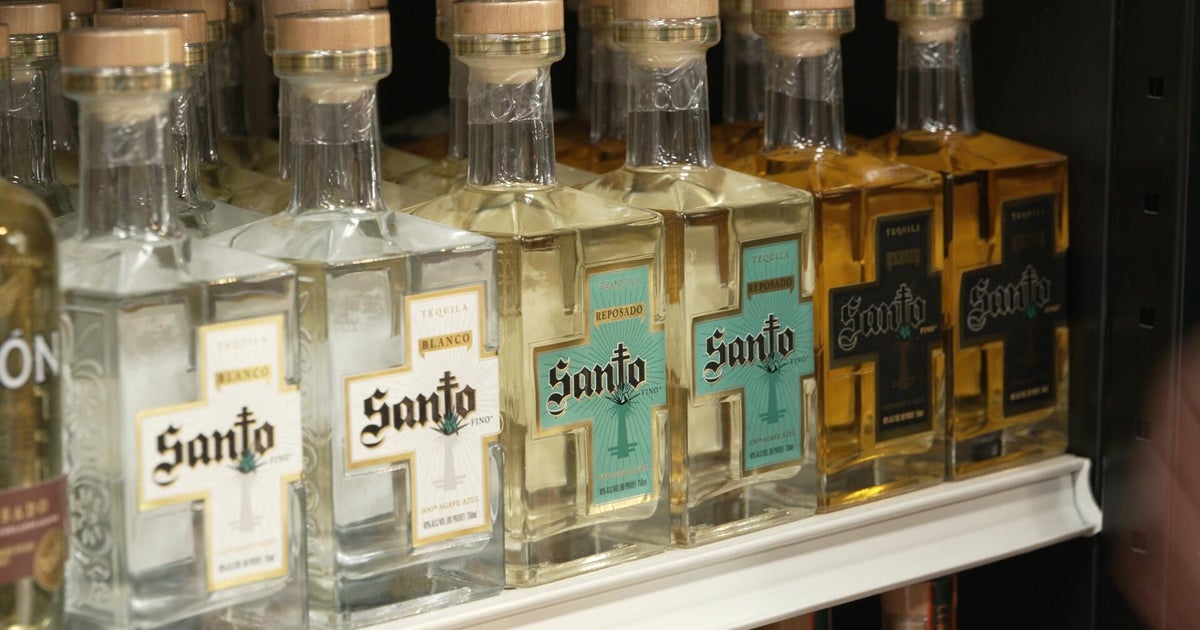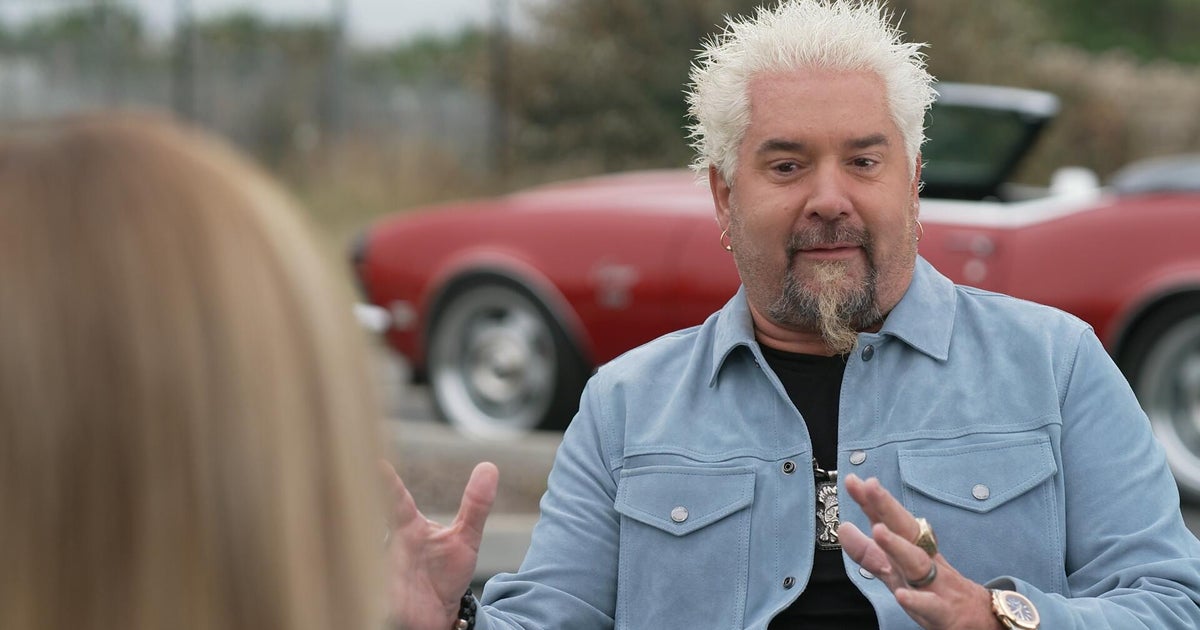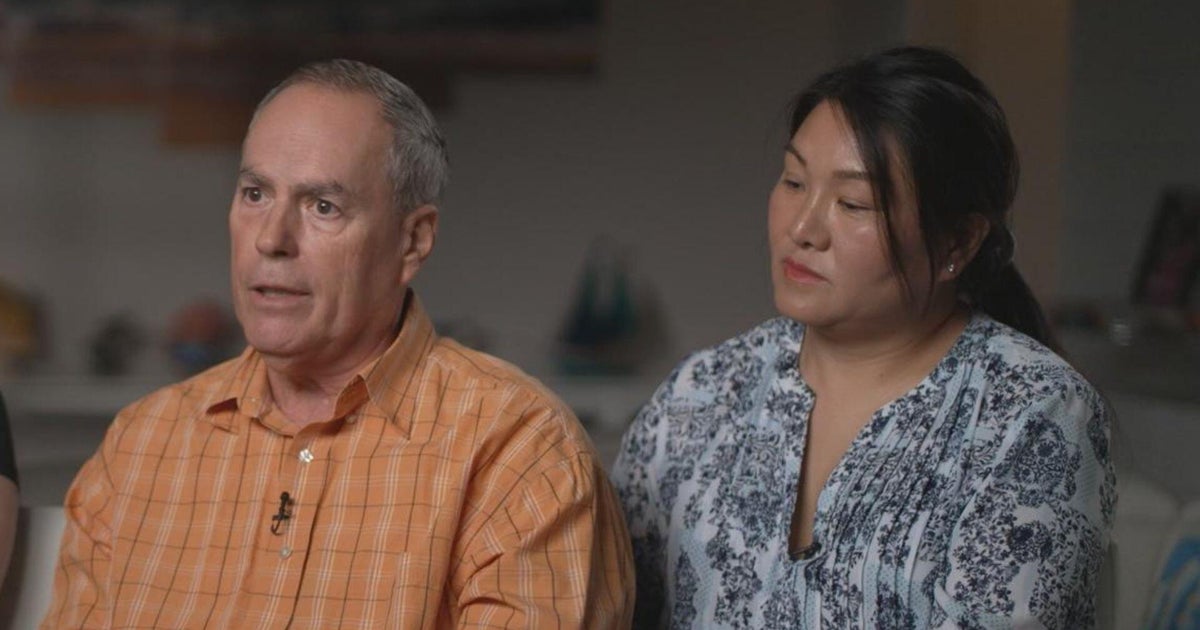After decades of controversy and failed plans, the Central Coast Council is trying to lure pilots to its ailing airport with a masterplan to expand operations for flight schools and emergency services.
To fix Central Coast airport’s lack of “clear and cohesive direction”, the council in February adopted a masterplan to transform the 160-hectare site’s facilities and infrastructure.
There are plans to upgrade the main runway, allow the long-term leasing of available land, relocate emergency services, develop commercial land, and undertake flood mitigation works. Another key plank of the plan focuses on addressing the aviation industry’s skills shortage by expanding flight training and pilot schools.

The Oceania region needs about 10,000 new pilots within the next two decades.Credit: Edwina Pickles
While the airport – also called Warnervale – has about 30,600 movements a year, this figure is forecasted to balloon to 55,000 by 2042. The council expects the airport to create about 200 jobs and potentially bring in $10 million in wages and salaries into the region annually – but it runs at a loss of more than $158,000 per year.

An artist’s impression of potential development at the Central Coast Airport. Credit: Central Coast Council
While there are no concrete costs attached to the revamp yet, the council is preparing a formalised business case with next steps by mid-2026.
The upgrade of the airport comes at a crucial point – the Oceania region needs about 10,000 new pilots within the next two decades, with Australia to do much of the heavy lifting.
Central Coast’s flagship pilot school Central Coast Aero Club has about 12 instructors and aircraft, and teaches about 100 students at any given point.
Chief executive Andrew Smith believes enrolments could easily triple over the next eight to 10 years. While he welcomed investment opportunities, he said the future of the airport and its ability to nurture future pilots “rests on council to get this masterplan in place”.

Andrew Smith, chief executive of the flight school Central Coast Aero Club is welcoming the much-needed airport upgrades.Credit: Edwina Pickles
Once there is a more concrete funding plan, the school wants to make the runways wider and introduce larger briefing and simulator rooms, which Smith said will create a more efficient and safer learning environment for students.
“Once we get that extra funding for expanded facilities, more aircraft, and more instructors – we will be able to do that with no problem. The sky is the limit.”
However, the masterplan and business case relies on two assumptions. The first, that council will partner with the University of Newcastle and TAFE to offer aviation degrees from the expanded airport. The second, that emergency services including the NSW Rural Fire Service will move their operations to Warnervale as a new base.
Neither the RFS nor university have made any formal agreements with the council, but the RFS said it would “always consider future infrastructure proposals as part of its ongoing and long-range strategic planning to support emergency response.”
Over the decades various proposals have tried, and failed, to turn the landing strip into a thriving airport. One masterplan in 1993 proposed to extend the runway for regular passenger services and as a major logistics hub.
Concerned locals waged a campaign to stop the expansion, even making an unsuccessful legal bid to protect surrounding bushland.
While their arguments were rejected by the Land and Environment Court, the then-local Labor MP Paul Crittenden decided to introduce a private members’ bill into parliament to clamp down on the council’s ability to expand the airport. The Warnervale Airport Restrictions Act set out a slew of limitations for the airport, including a flight cap and a provision that any expansion proposal be approved by the minister.
In 2015, the then-Wyong Council extended the runway without permission, triggering the act and imposing a cap of 88 flights per day.
That act was repealed in 2021 under the previous Coalition government, opening the doors to a future expansion. At the recent federal election the Liberals pledged $10 million to expand the runway, but Labor, which won government, hasn’t made any commitments.

The runway at Central Coast airport.Credit: Edwina Pickles
“I believe Central Coast Airport has the potential to be one of the single largest drivers of economic activity on the Central Coast over the next few decades,” Central Coast councillor Jared Wright said. “It will also create broader employment, infrastructure and business opportunities across the region by encouraging local investment and drawing in a range of people and organisations.”
Loading
The opening of Western Sydney Airport in 2026 is expected to prompt changes to flight paths for Bankstown and Camden airports, which Wright said would create a “prime opportunity” for the Central Coast airport that has uncontrolled airspace and no requirements for air traffic control.
A previous business case for the airport recommended airport facilities such as roads, sewerage, and runway upgrades to be co-funded by the state government (80 per cent) and the council (20 per cent). While costs would far outstrip revenue initially, the airport would be projected to turn a profit of about $979,000 by 2032.
Minister for the Central Coast David Harris said the airport site has potential for training, maintenance, tourism and jobs.
“The site also houses important emergency services. I welcome the Central Coast Council developing plans for this important asset and will be closely monitoring its progress,” Harris said.
Start the day with a summary of the day’s most important and interesting stories, analysis and insights. Sign up for our Morning Edition newsletter.
Most Viewed in National
Loading


